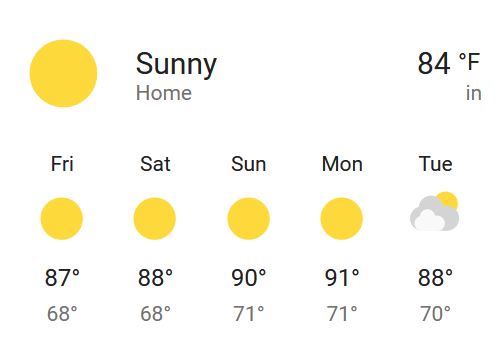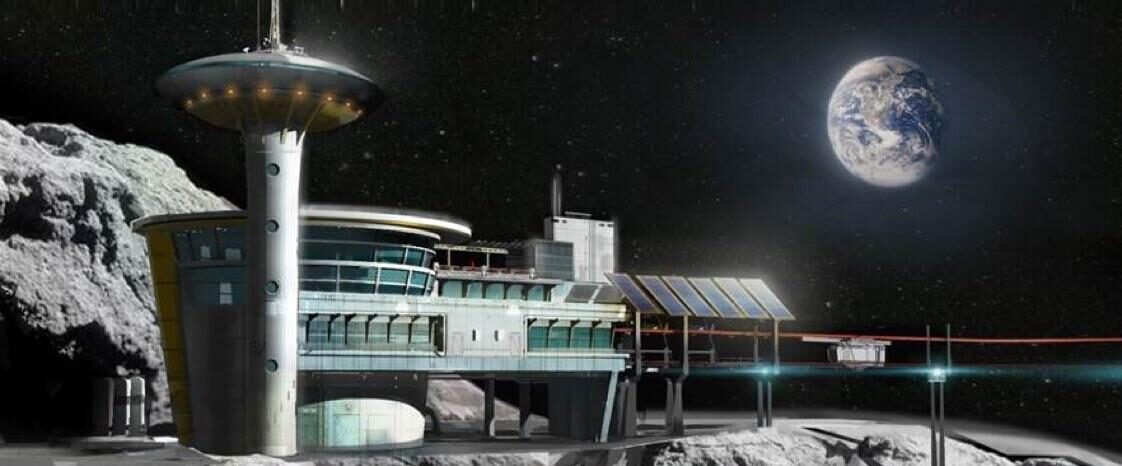
Nvidia’s GeForce GTX 1080 Ti is the second-fastest single-GPU graphics card you can buy, and only because there’s a $1200 Titan Xp offering questionable value out there, too.
That was from an article written in 2017.
When I wanted to try out virtual reality, I bought a gaming computer with that graphics card. At that time, it was almost impossible to buy a graphics card because crypto-currency miners were buying all available graphics cards.





